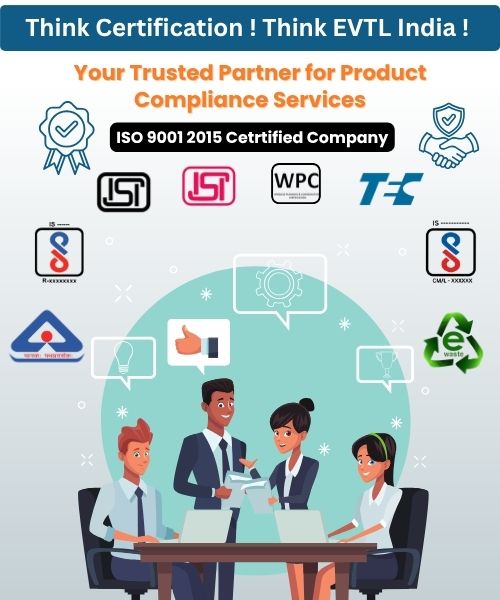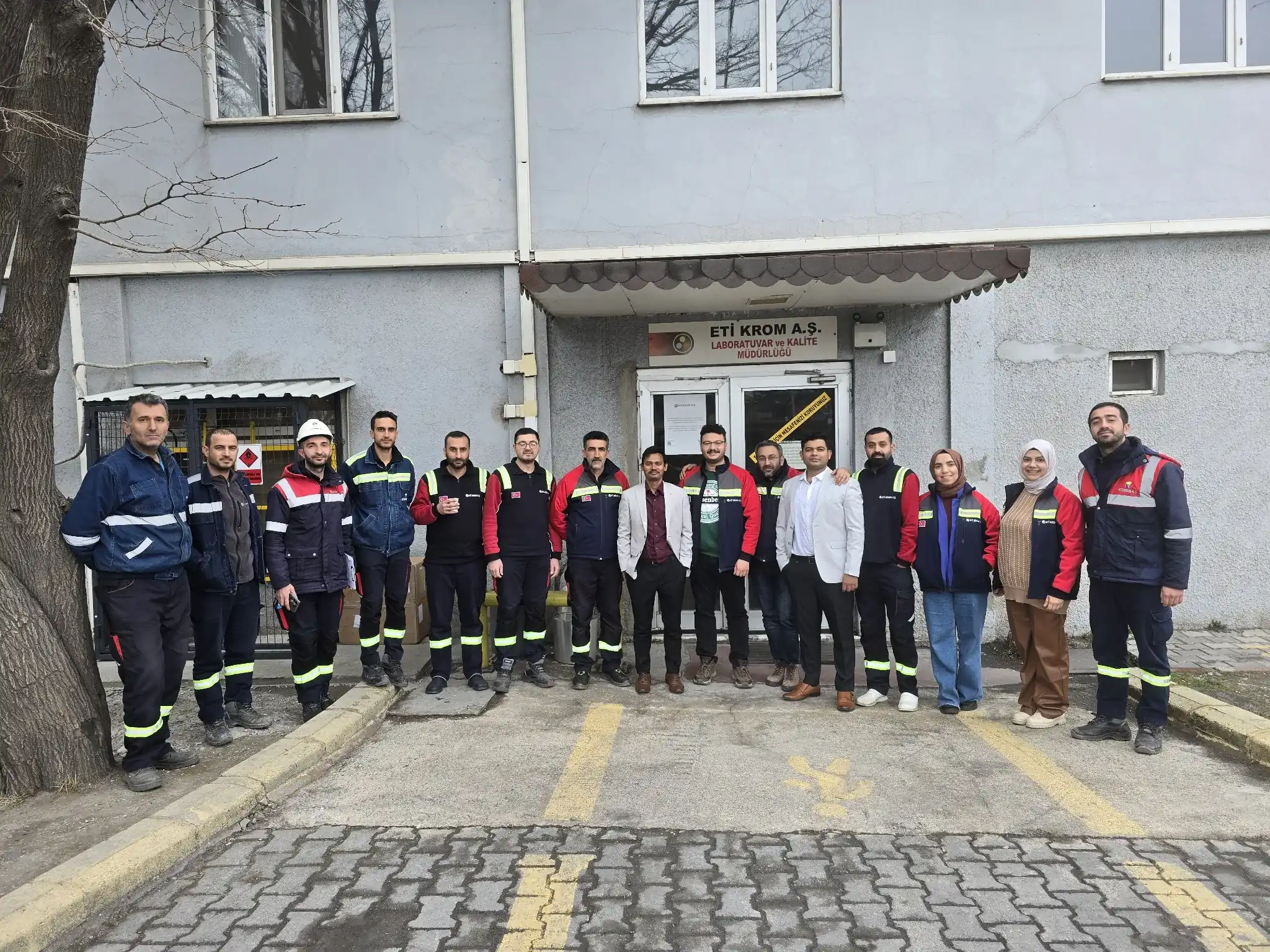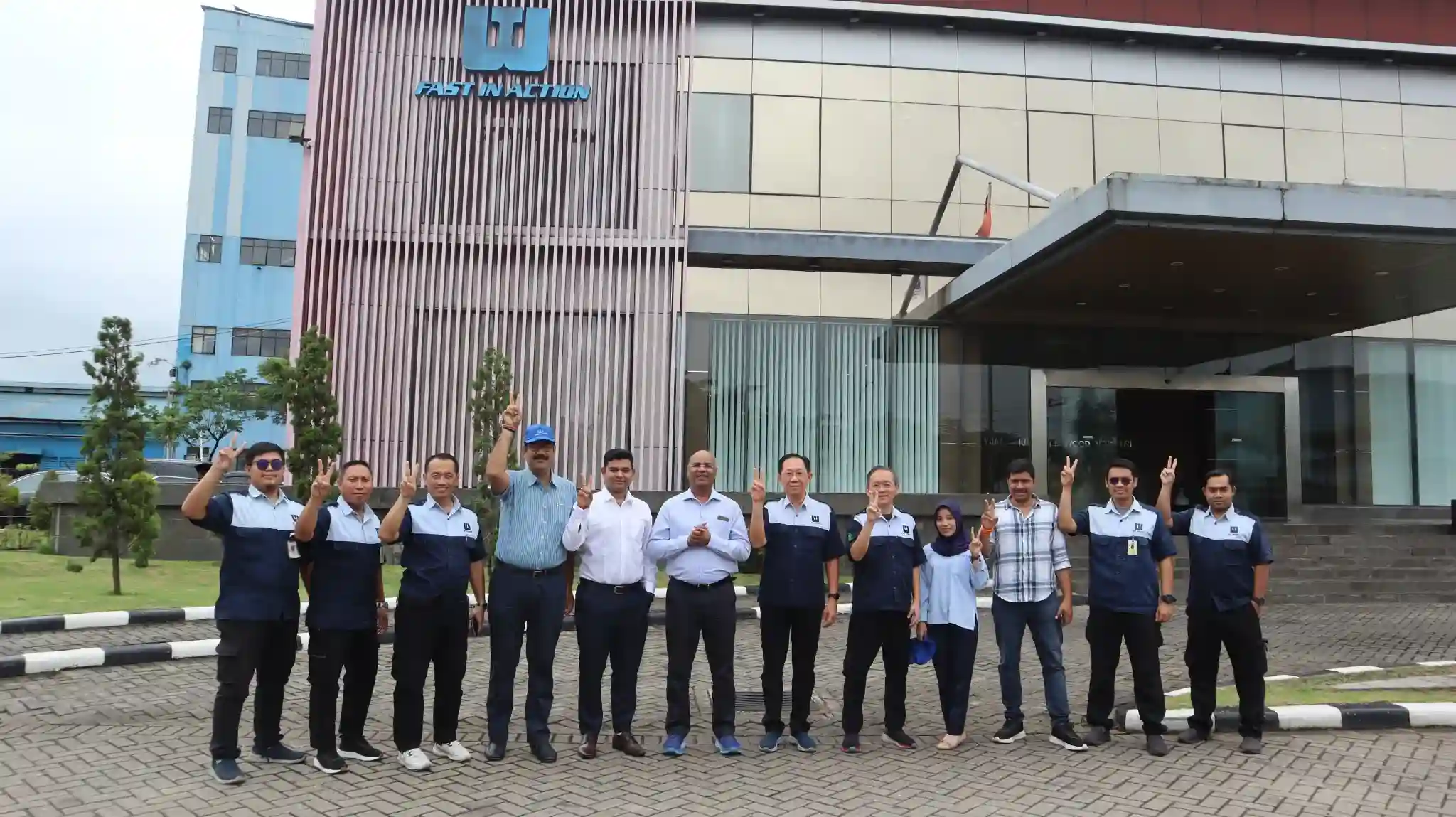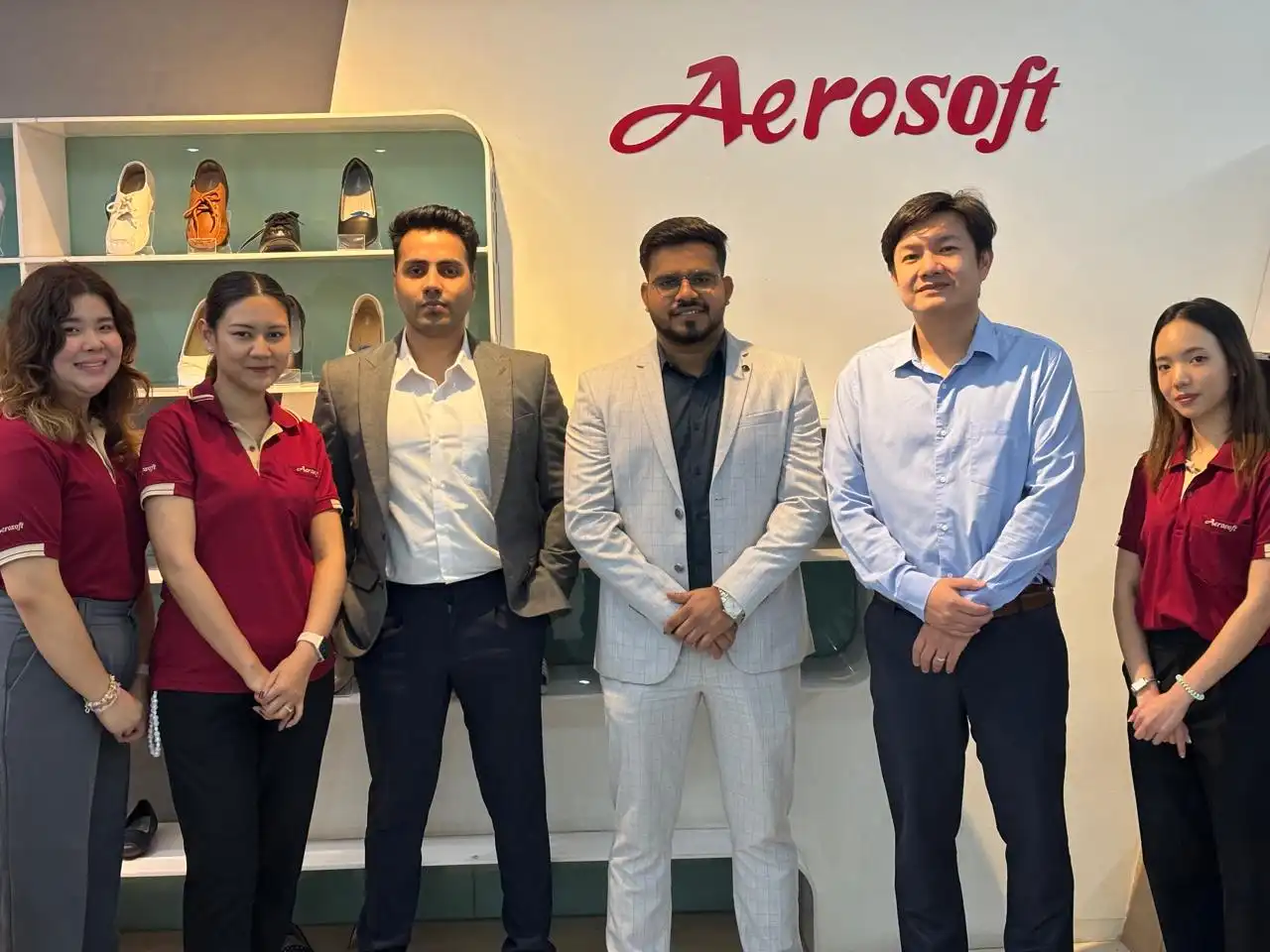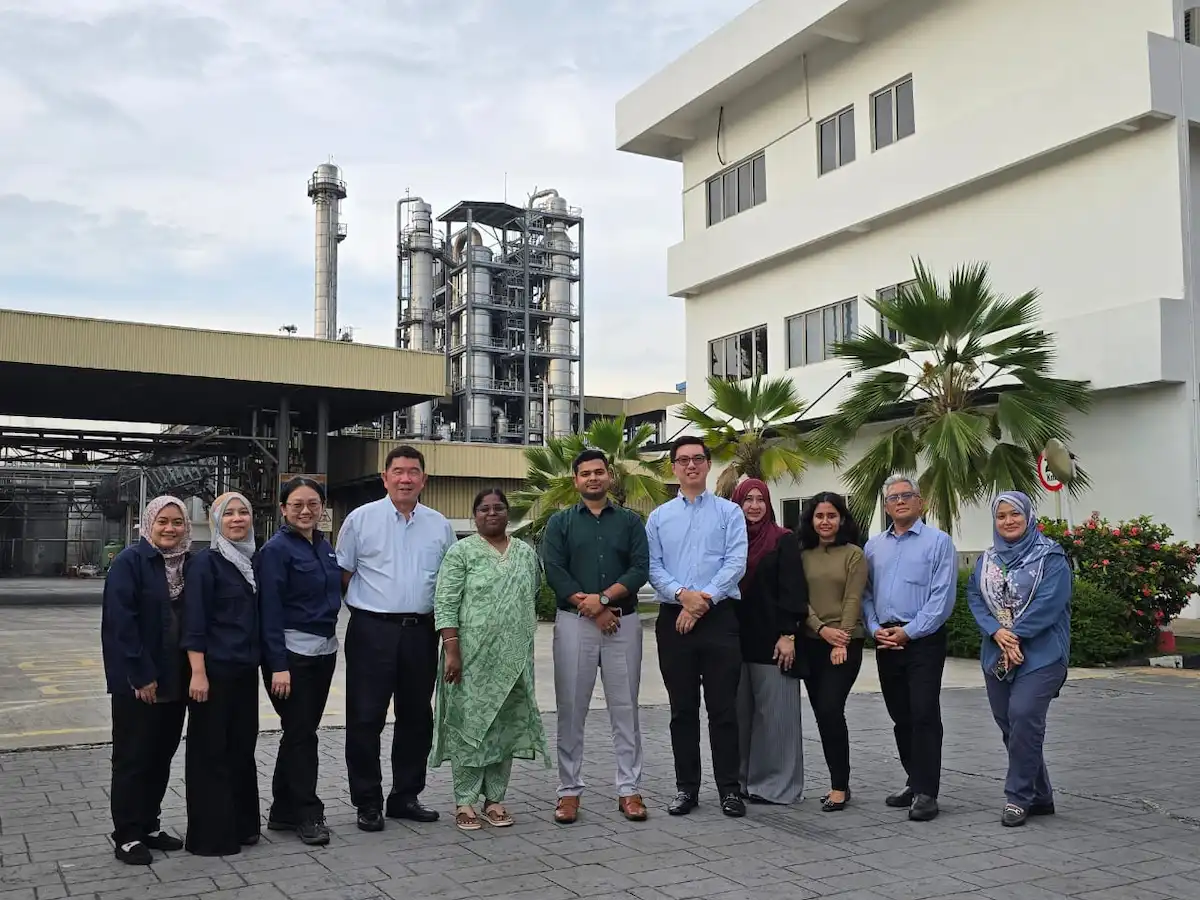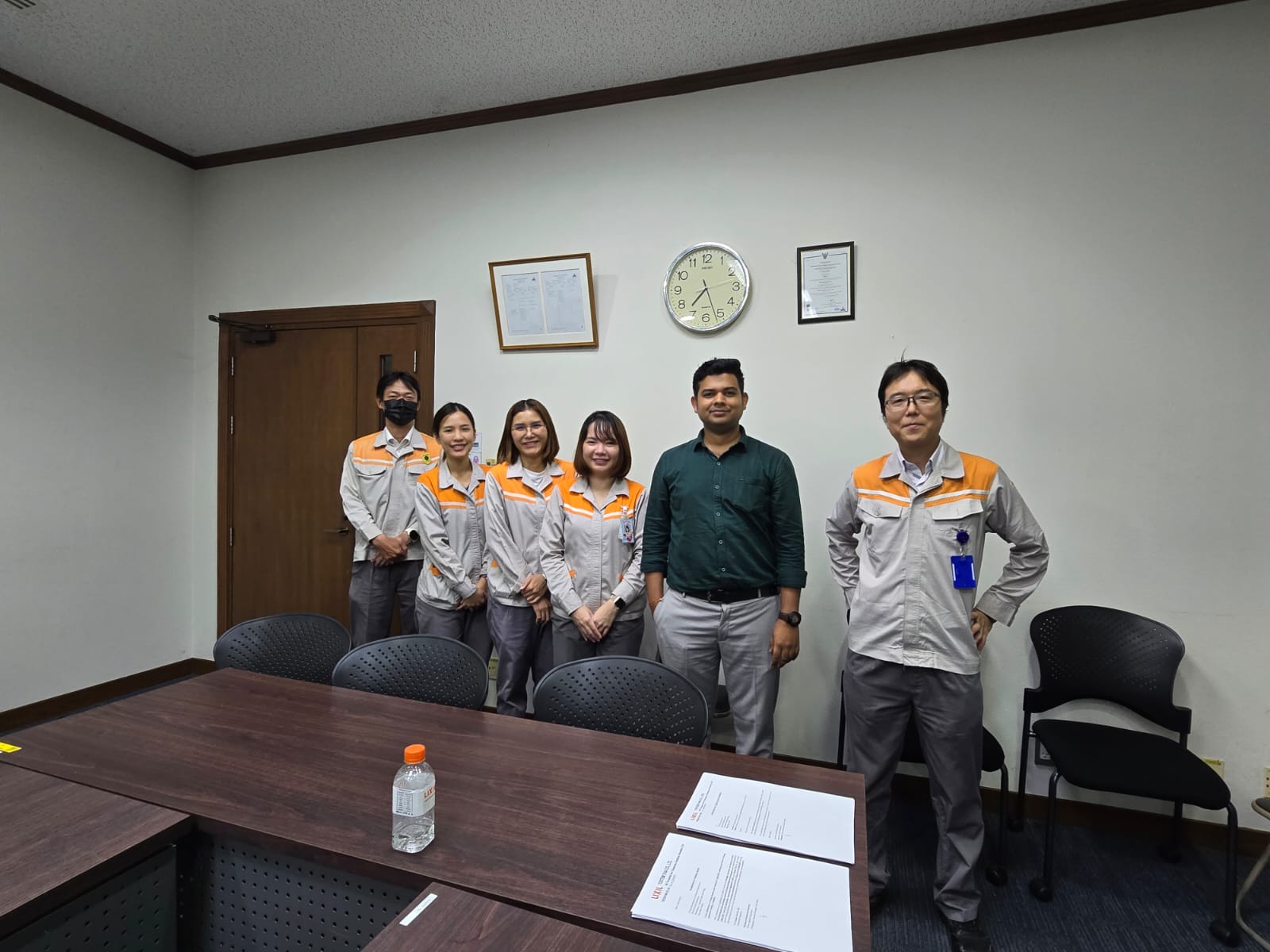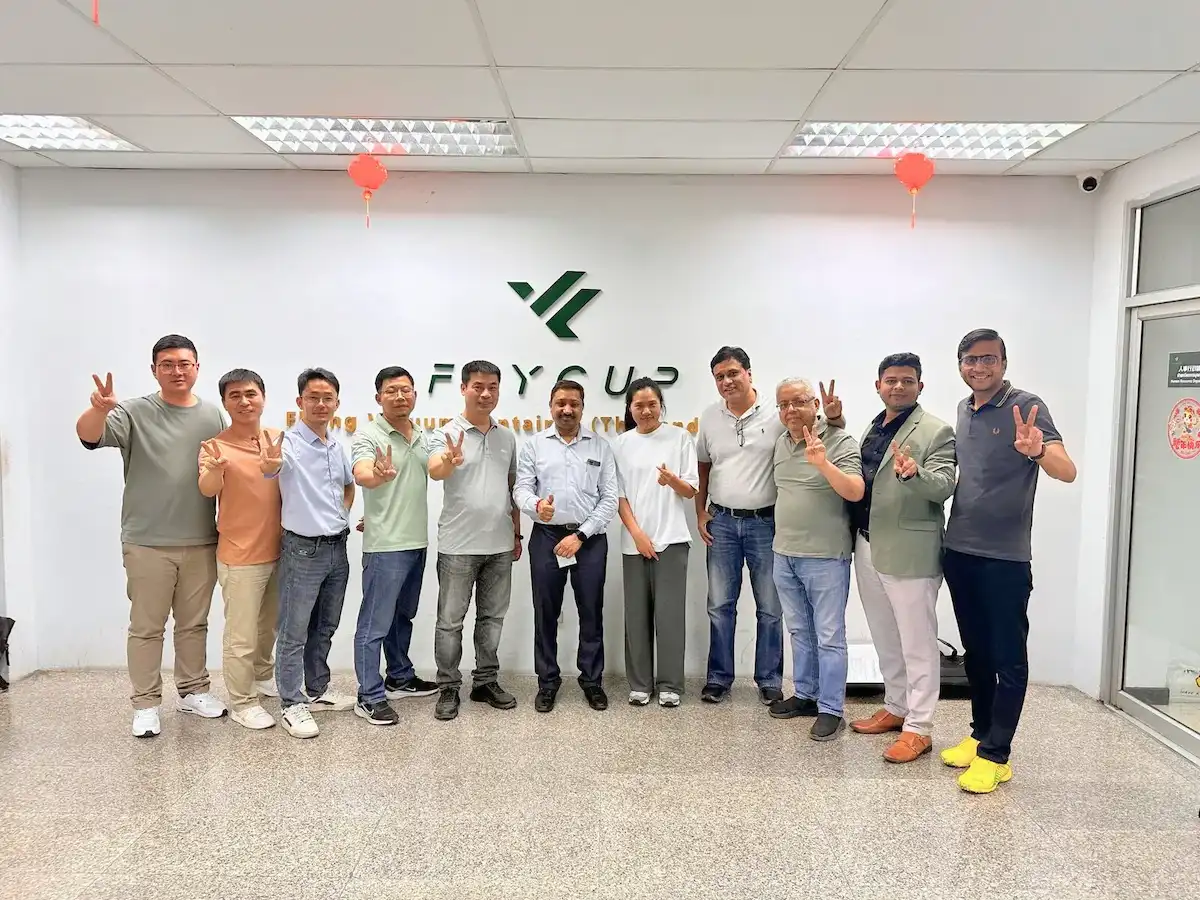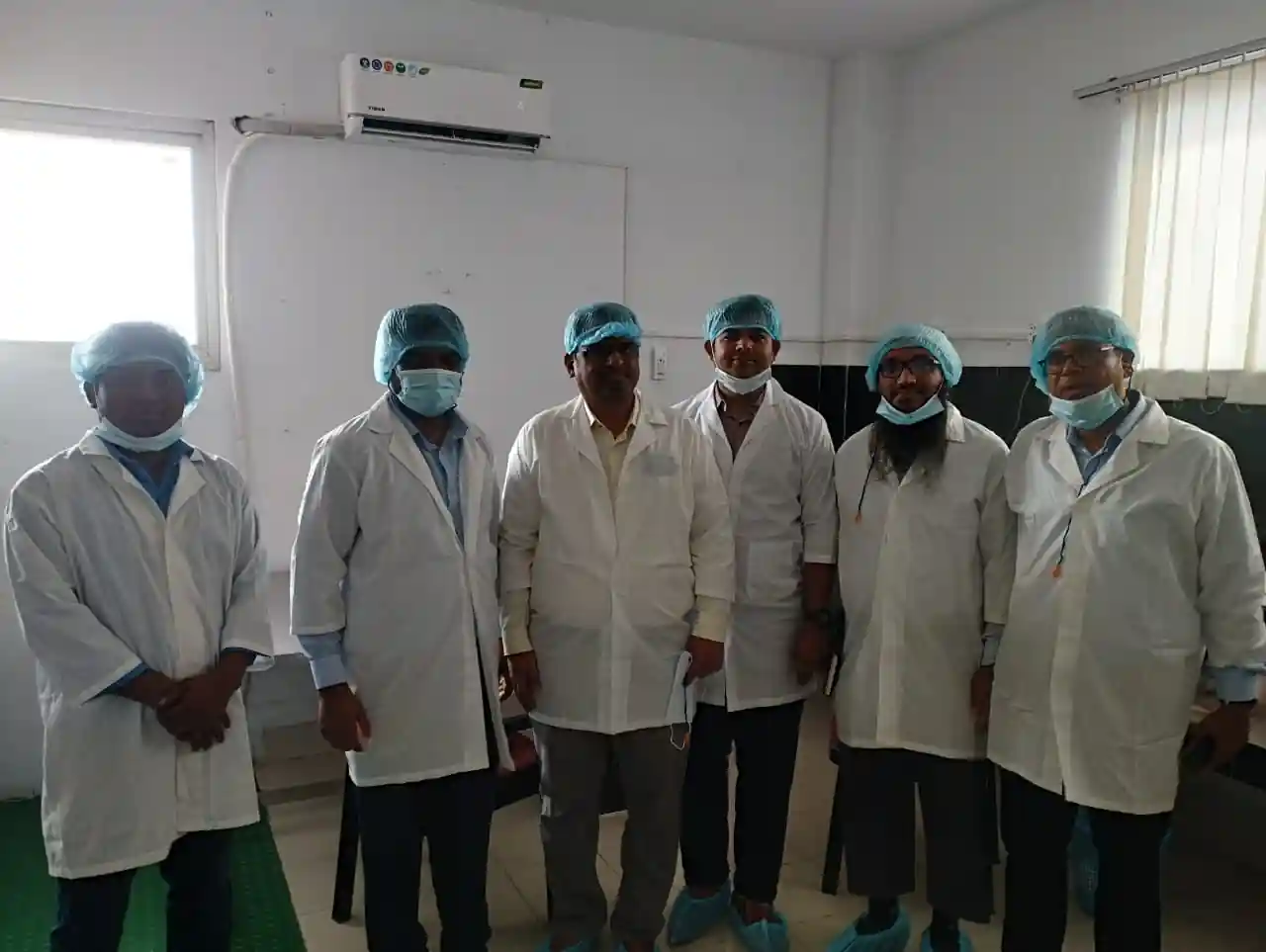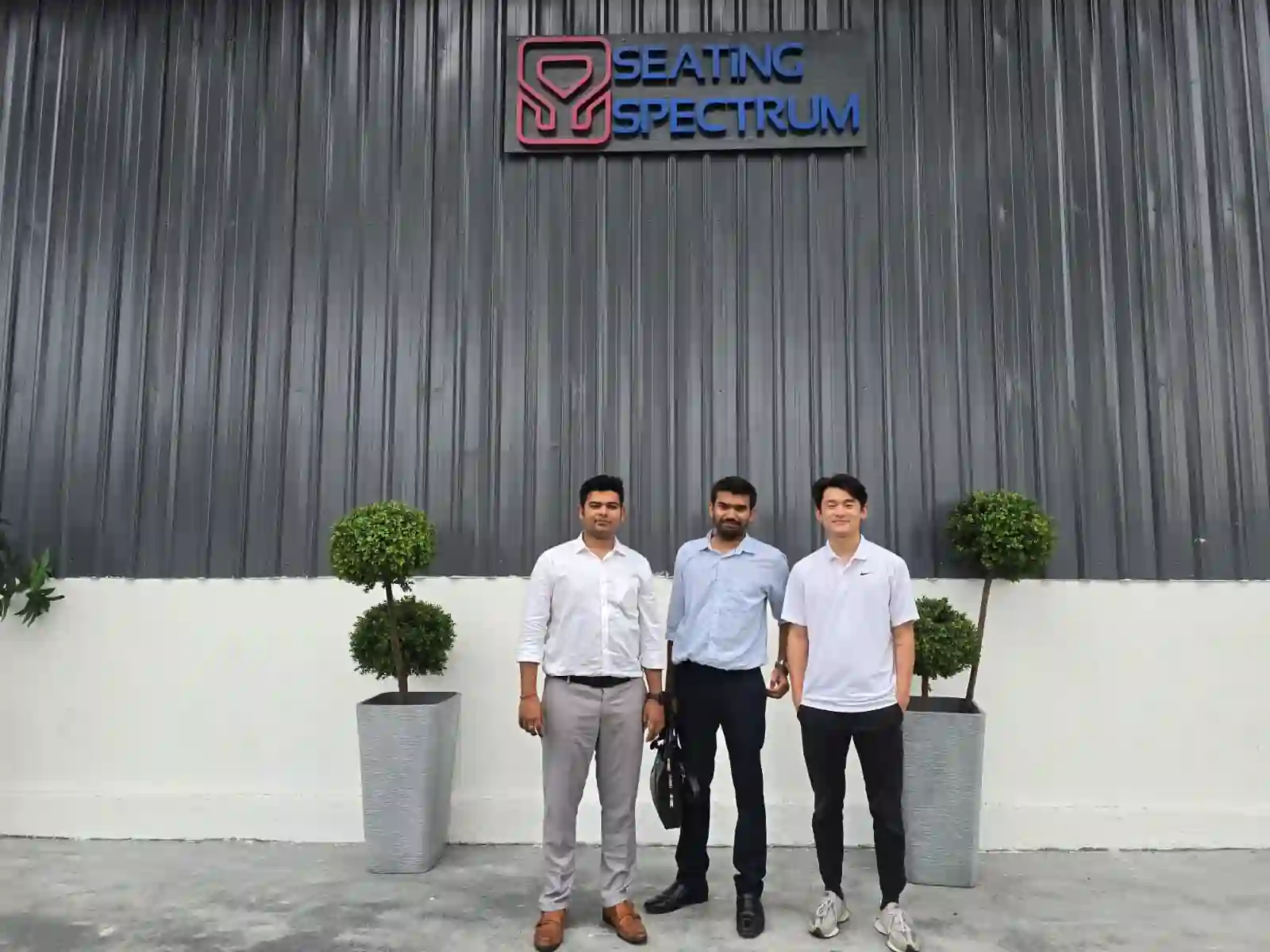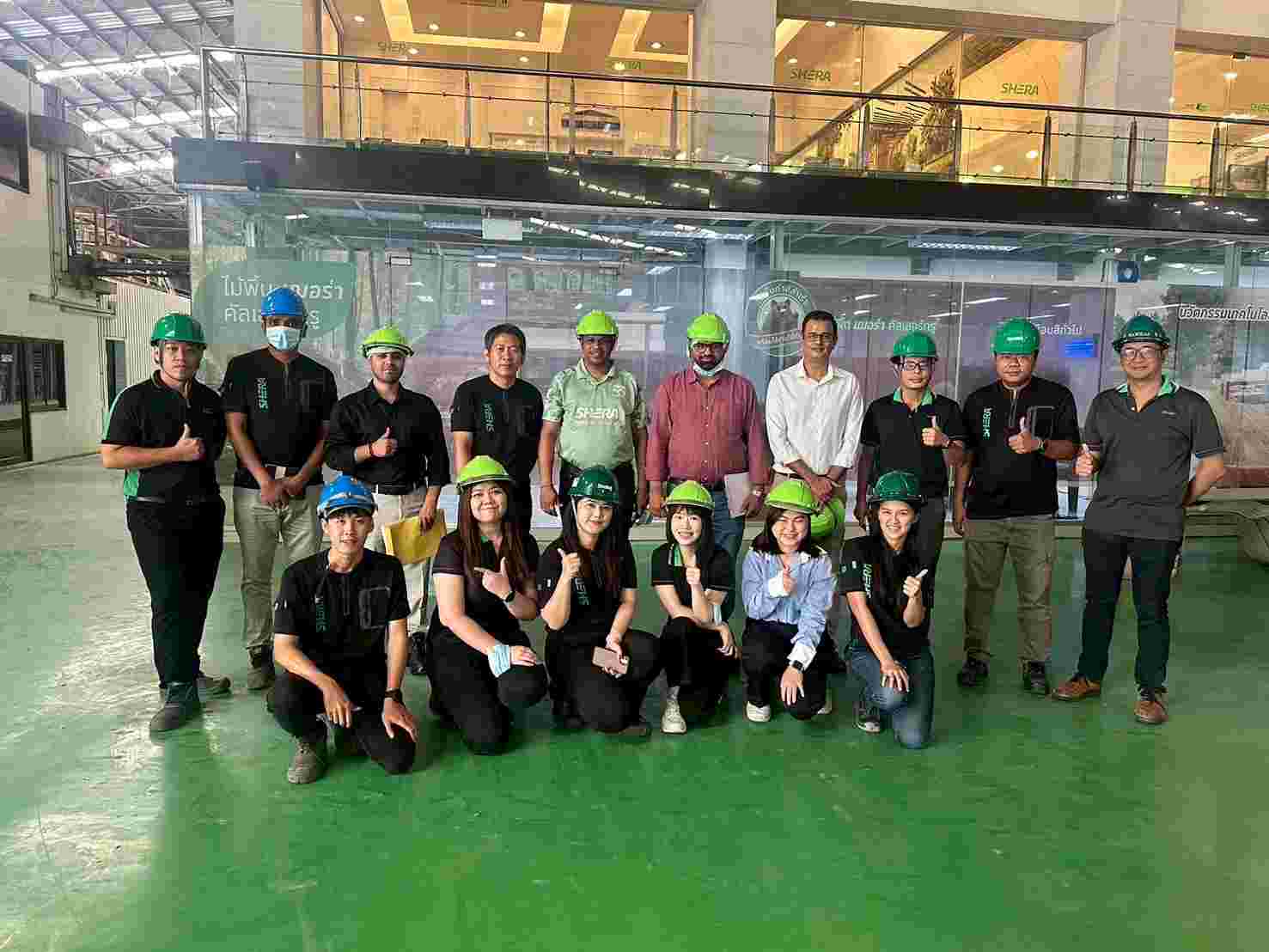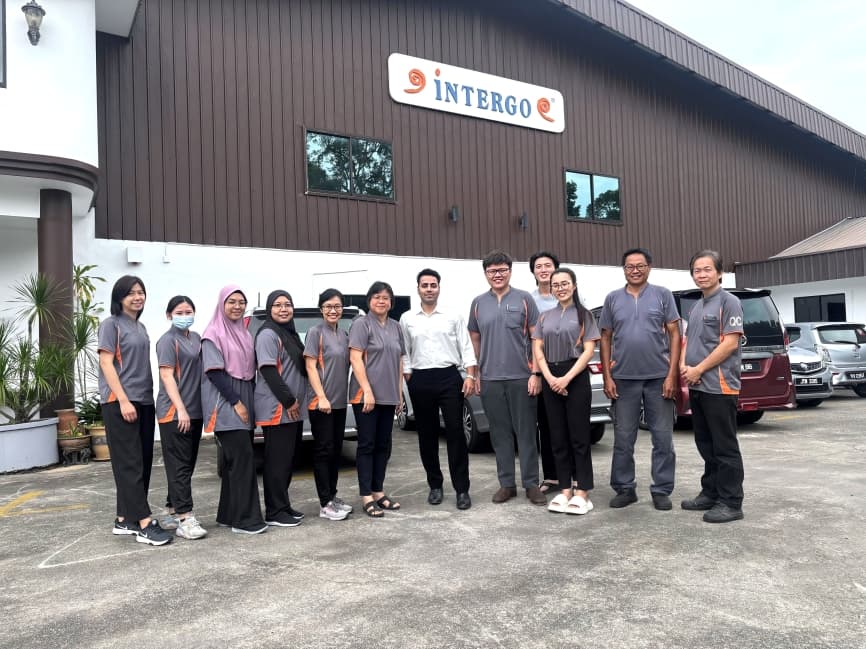Get A Quote
BIS Certification for Performance Sports Footwear IS 15844 (Part-2): 2023

Performance
sports footwear is designed to provide optimal support, comfort, and durability
for athletes. These shoes are crucial for preventing injuries, enhancing
performance, and ensuring comfort during prolonged use. The right sports
footwear can significantly impact an athlete's performance and safety.
Performance sports footwear is used extensively in the sports and fitness
industry. It is essential for professional athletes, fitness enthusiasts, and
anyone engaged in physical activities. The right footwear enhances performance
and reduces the risk of injuries.
Introduction
BIS Certification for Performance Sports Footwear under IS 15844 (Part-2): 2023 ensures that athletic footwear meets the highest standards of quality, safety, and performance. This certification is vital for athletes and sports enthusiasts, as it guarantees that the footwear is designed and manufactured to provide optimal support, comfort, and durability during physical activities. The BIS mark signifies that the sports footwear has undergone rigorous testing and complies with the specified Indian Standards, making it a reliable choice for enhancing athletic performance and preventing injuries.
Why BIS Certification is Necessary for Performance Sports Footwear?
BIS certification is essential for Performance Sports Footwear as it
ensures the shoes meet stringent standards for safety, comfort, and durability,
which are crucial for athletes. Certified footwear provides the necessary
support and protection, reducing the risk of injuries and enhancing
performance. Without BIS certification, the quality of sports footwear may be
compromised, potentially leading to discomfort, reduced performance, and
increased injury risk. Certification also helps manufacturers meet regulatory
requirements and gain consumer trust in a competitive market.
Overview of Indian Standard IS 15844 (Part-2): 2023 for Performance Sports Footwear
Indian Standard IS 15844 (Part-2): 2023 specifies the requirements for
Performance Sports Footwear, including materials, construction, and performance
criteria. This standard covers aspects such as shock absorption, grip,
flexibility, and durability, ensuring that the footwear meets the demands of
various sports activities. The standard also includes guidelines for testing
methods to evaluate the footwear’s performance under different conditions, such
as impact, abrasion, and slip resistance. Compliance with IS 15844 (Part-2):
2023 ensures that sports footwear is not only comfortable and durable but also
capable of enhancing athletic performance while minimizing the risk of injury.
Key Requirements of IS 15844(Part-2): 2023
1. Material Quality: The rubber used should be of high quality, ensuring durability and resistance to environmental factors.
2. Design Specifications:
The boots should have specific design features, like reinforced toes and
slip-resistant soles.
3. Performance Tests:
Boots must pass various performance tests, including abrasion resistance,
flexing endurance, and hydrolysis resistance.
Testing Methods for Performance Sports Footwear
Testing is a crucial part of the certification process. It includes:
1. Bond Performance Test: Assesses the strength of bonded components in footwear, ensuring durability.
2. Hydrolysis Resistance Test: Evaluates the shoe's resistance to degradation due to moisture over
time.
3. Slip Resistance Test:
Measures the footwear's grip on various surfaces to prevent slipping.
4. Flexibility Test: Tests
the shoe's ability to bend and flex without damage, crucial for comfort and
performance.
5. Toe Spring Height and Heel Drop Measurement: Ensures proper height and angle for optimal foot positioning and
comfort.
6. Linear Shrinkage, Heat Resistance, Energy
Absorption Test: Checks the shoe’s response to
heat, shrinkage levels, and ability to absorb energy from impacts.
7. Abrasion Resistance Test: Measures the shoe's durability against wear and tear.
8. Colour Fastness Test:
Assesses the stability and resistance of the shoe's color under various
conditions.
9. Adhesion Test on the Full Shoe (Sole-Midsole): Tests the bond strength between the sole and midsole.
10. Adhesion Test on the Full Shoe (Upper-Midsole): Evaluates the bond strength between the upper part of the shoe and
the midsole.
11. Compression Set Test:
Measures the material's ability to return to its original thickness after
prolonged compressive stress.
12. Split Tear Strength Test: Determines the material's resistance to splitting under stress.
13. Trouser Tear Strength Test: Measures the force required to propagate a tear initiated in the
material.
Process of BIS Certification
1. Application Submission: Complete and submit the BIS online registration application, including the certification cost and other required documents.
2. Document Scrutiny: BIS
officials review the application and documents submitted.
3. Inspection: BIS
officials conduct an inspection of the products and the factory/industry.
4. Sample Sealing: Sealed
samples of the goods are sent for testing at BIS-approved laboratories.
5. Testing: Laboratories
test the samples for compliance with specified standards.
6. Grant of Licence: If
the products meet the standards, BIS grants the certificate within 35 to 40
days of application submission.
Documents Required for BIS Certification
Manufacturers must provide a set of documents supporting their BIS
certification application, including:
- Application
form
- Manufacturing
process details
- Quality
control plan
- Test reports
from BIS-approved laboratories
- Factory
layout and equipment details
- Proof of
business registration
- Product
specifications and technical details
- Declaration
of conformity to Indian standards
BIS ISI Mark Certification Costing And Timeline
To Know The Process in Detail, Please Visit:
- BIS ISI Mark Certification for Domestic Manufactures
- BIS ISI Mark Certification for Foreign Manufactures
Under BIS Registration Products ISI and CRS
Licence Validity
The BIS certification issued by the BIS is valid for one years. Manufacturers need to apply for renewal before the expiry date, ensuring continuous compliance with standards. The manufacturers can renew the BIS certification when there is no change in the concerned products and prescribed standards.
Timeline for Certification
The certification process timeline can vary, generally taking between 6 to 8 weeks. This period includes document verification, sample testing, and factory inspection.
Renewal of BIS Licence
Renewal of BIS certification is an essential process to ensure continued compliance with the Bureau of Indian Standards (BIS) regulations. To renew the BIS licence, the manufacturer must submit an application before the expiry date, along with required documents such as the latest test reports, proof of continuous production, and any updates in the production process or quality management systems. The renewal process involves a review of the submitted documents and may include a factory inspection. Timely renewal is crucial to maintain uninterrupted market access and consumer trust in the certified products.
Conclusion
BIS certification for performance sports footwear is vital to ensure safety and quality. By adhering to IS 15844(Part-2): 2023, manufacturers can provide reliable sports footwear that meets stringent safety and performance standards, ensuring athlete protection and enhanced performance.
Navigating the BIS certification process can be challenging, particularly for small and medium-sized enterprises. EVTL India is a leading consultancy firm that helps manufacturers obtain BIS certification (ISI Mark) for their products. The process includes several steps, such as application submission, product testing, and compliance verification. EVTL India offers comprehensive support, ensuring that manufacturers meet all BIS requirements efficiently.
With expertise in managing the BIS portal, documentation, and regulatory fees, EVTL India ensures a smooth and successful certification process. Choosing EVTL India helps manufacturers enhance their product's marketability both in India and internationally, securing a competitive edge. Whether you're dealing with import/export or complying with the latest QCO Orders, EVTL India is your partner for BIS certification.
Post-Certification Support
EVTL India provides ongoing support after certification, helping manufacturers maintain compliance with BIS standards and renew their licenses as needed.
Free Call Back
Latest News & Update
📅 BIS Critical Component List (CCL) Updates for Solar PV Modules
🕒 BIS Fee Concessions for MSMEs and Startups | EVTL India
📅 Guidelines for Implementation of Essential Requirements for Security of CCTV
🕒 Omnibus Technical Regulation (OTR) Amendment Order, 2025
🕒 Extension of Timeline for Filing Annual Returns by Battery Producers
📅 Extension of Timeline for Filing Quarterly and Annual Returns for E-Waste
🕒 Extension of Concurrent Running Period for IS 302-1: 2008 and IS 302 (Part 1): 2024
🕒 BIS Guidelines for Grant of Licence (GoL) | EVTL India
📅 CPCB Guidance on filing of Application, Fees and more
🕒 CPCB Notification on Labelling of Plastic Packaging
📅 Mandatory Compliance for Input Materials of Steel and Steel Products for Imports
🕒 BIS Guidelines for Scheme-X Certification for OTR-Regulated Products
📅 BIS Upgrades Product Certification License Numbers to 10-Digit Series
🕒 BIS Certification No Longer Mandatory for 14 Chemical & Polymer Categories
Why Choose EVTL INDIA
Expertise in Indian Regulatory Standards
End-to-End Support
Trusted by Top Indian & Global Brands
Fast Processing & Transparent Pricing
Strong Liaison with Indian Authorities
Company Profile